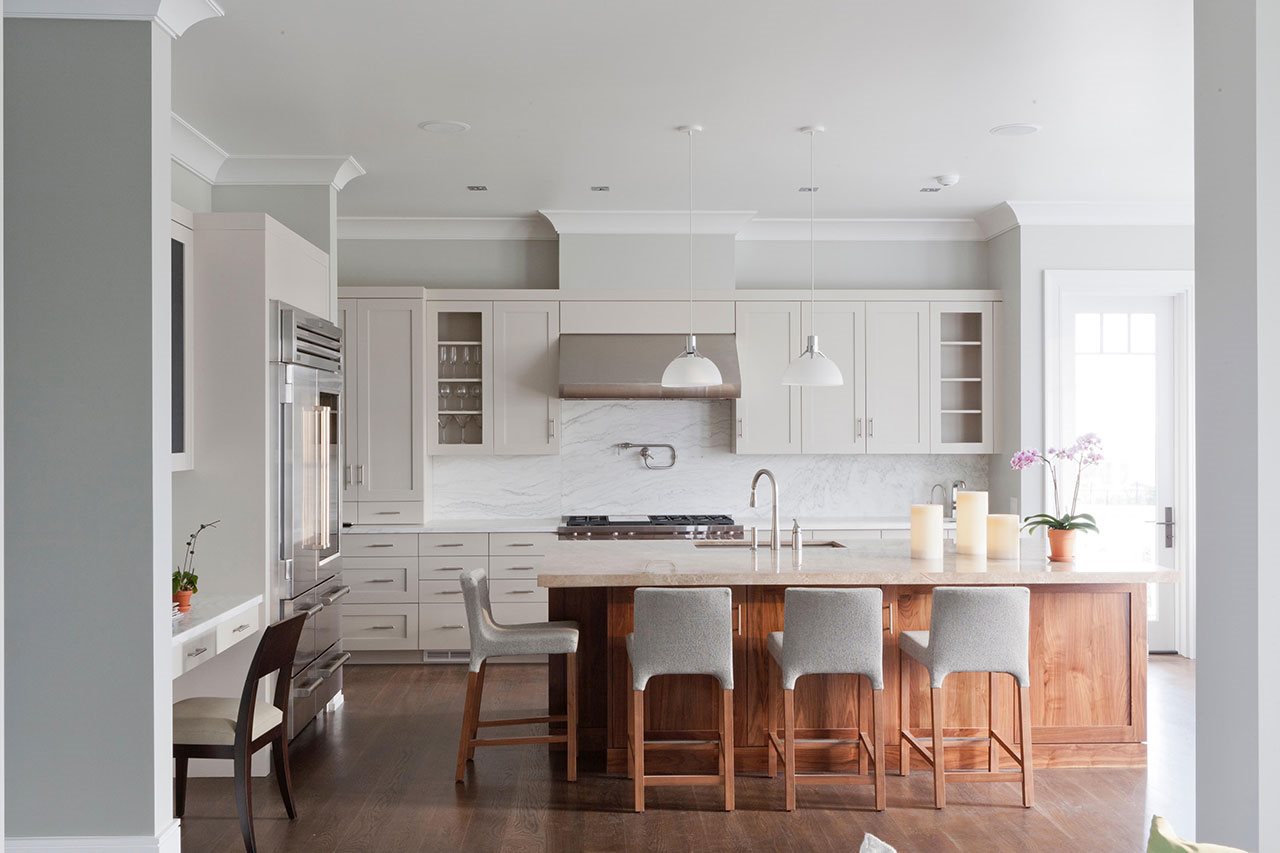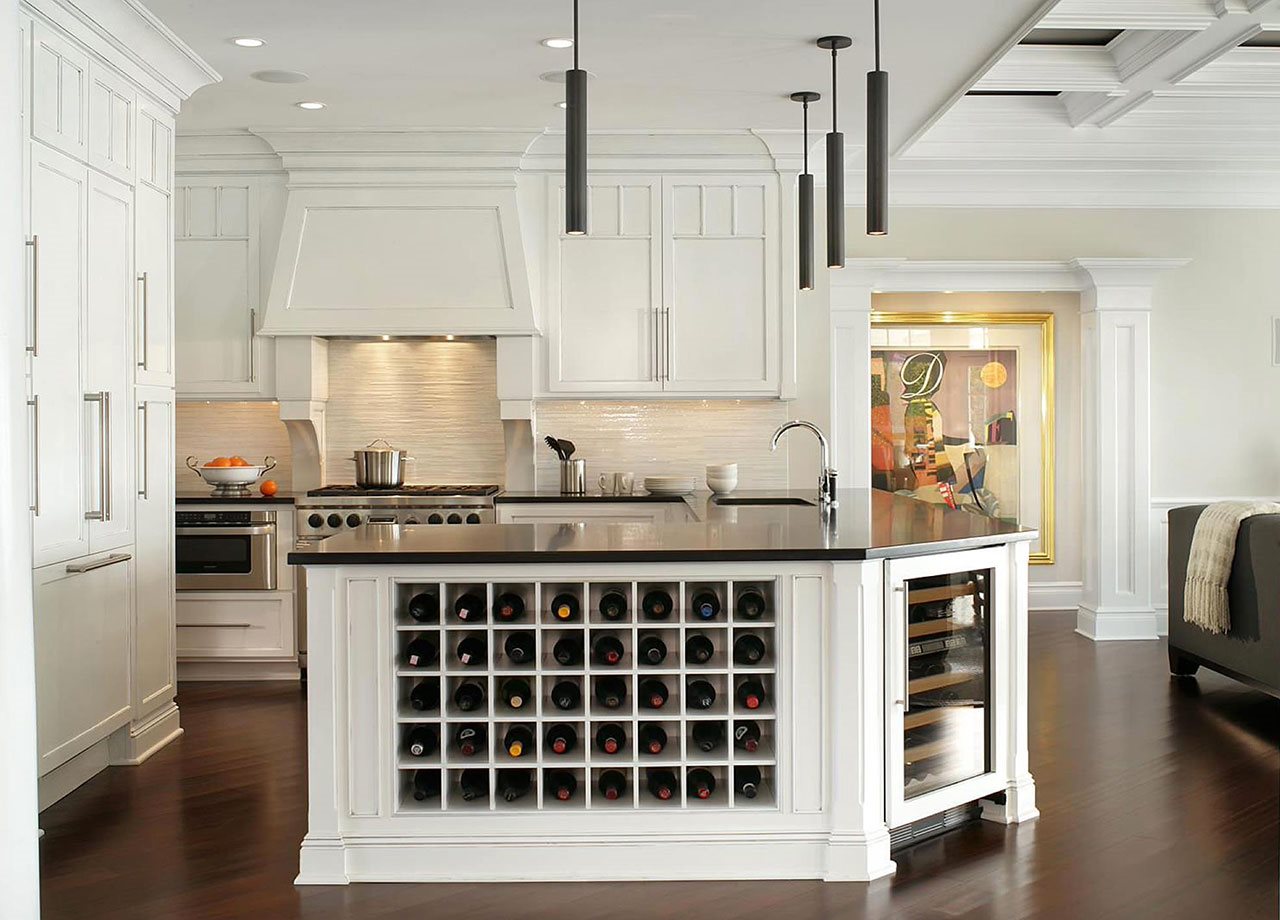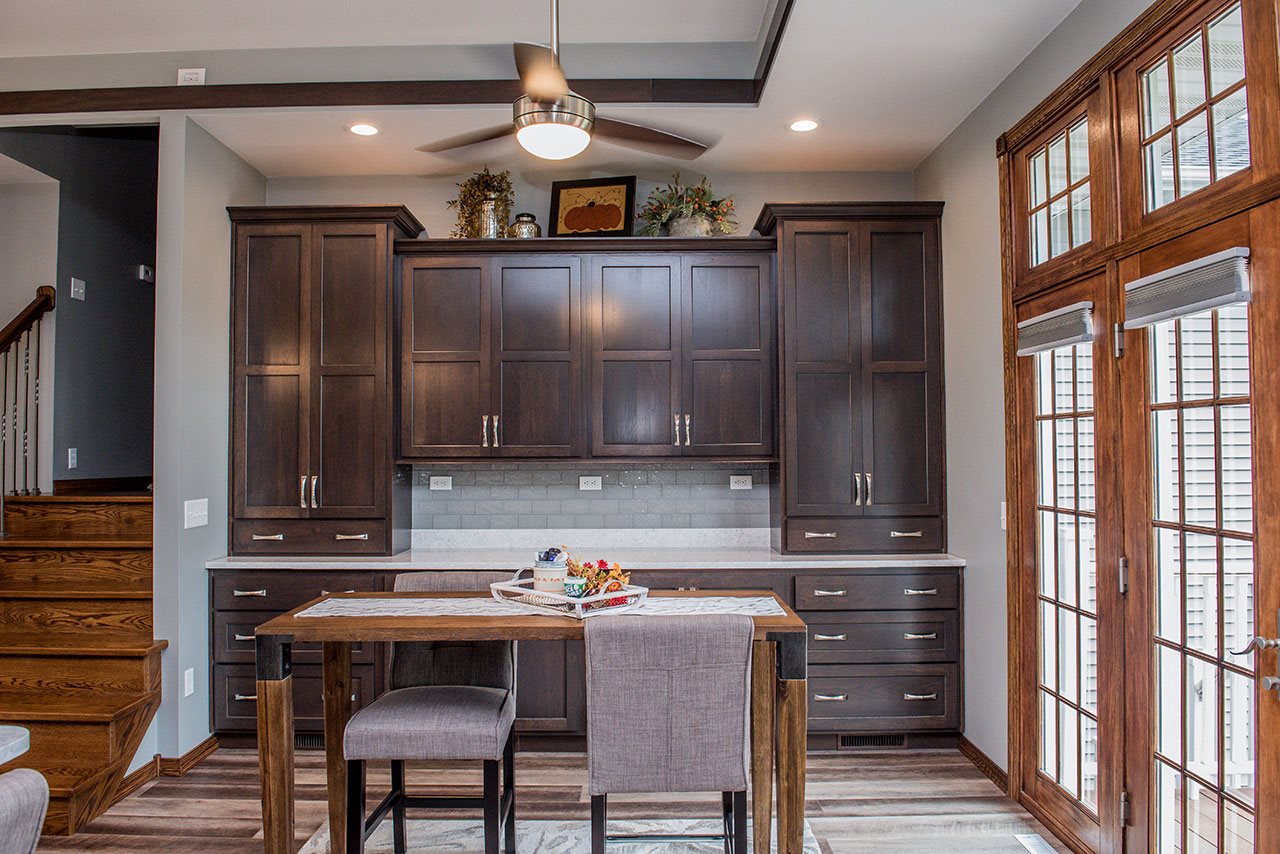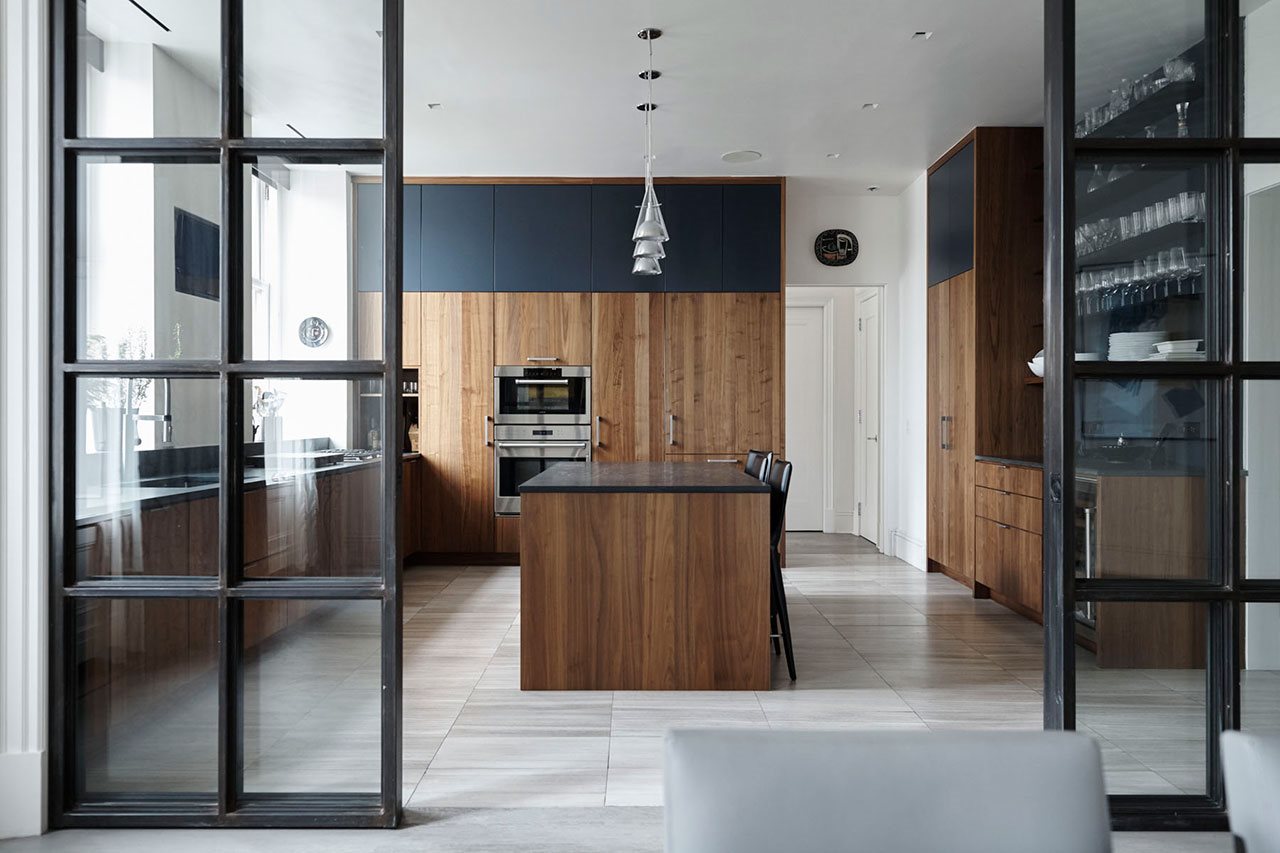2019-11-05T08:01:00
(BPT) – In today’s hectic healthcare environment, new diagnoses, wellness trends and studies on conditions like cancer and heart attacks are popping up every day. This can be overwhelming and cause many to push standard health care, like hearing health, to the bottom of their to-do lists.
As you gather with family over the holidays this year, it is the perfect time to learn more about hearing health and hearing loss, a condition faced by nearly 48 million Americans. It affects more people as they age, with 1 in 3 between the ages of 65 and 74 diagnosed with the condition. However, hearing loss can greatly impact younger people as well.
Hearing loss is often gradual, which makes it harder for people to acknowledge that they are experiencing it. Despite symptoms, many wait an average of 7-10 years before seeking treatment, which can put them at risk for developing additional serious health conditions.
“It’s extremely important that people experiencing hearing loss are assessed and receive any treatment they may need. Hearing loss is linked to a range of issues, from depression and social isolation to cognitive decline and decreased balance,” says Leslie Soiles, chief audiologist at Campaign for Better Hearing and HearingLife. “Additionally, people with severe, untreated hearing loss are five times more likely to develop dementia, so it’s important to be assessed as soon as hearing loss symptoms appear.”
Treating hearing loss can have a positive impact on a person’s life — physically, mentally and socially. Here are a few things to keep in mind if you or a loved one might be experiencing hearing loss symptoms.
Notice those around you
As you begin to gather with friends and family you may not have seen for a while, you should watch for changes in their hearing — especially in loved ones over 60.
If their hearing is getting worse, they may ask others to repeat themselves, seem frustrated or appear to misunderstand what others are saying. If your loved ones have had these symptoms for a long time or have advanced hearing loss, they may seem disengaged or removed from conversations, as it’s too hard to distinguish voices from one another or follow conversation threads.
Say something
If you notice these changes in a friend or family member, find a way to gently broach the topic and suggest they have their hearing assessed. You can also offer to accompany them to their appointment if they’d like — hearing health centers like HearingLife encourage family and friends be a part of the assessment, as assessing a person’s hearing with a familiar voice can provide more accurate results.
Be honest about your own hearing
If someone tells you they’re concerned about your hearing, or if you yourself notice you’re having trouble making out conversation in restaurants or social groups, acknowledge that you could be experiencing hearing loss. If you’re hesitant to have your hearing assessed, think of the positive changes improved hearing could bring, like hearing your grandchildren speak at family dinners or going to the movies and understanding the dialogue.
Know that early treatment makes a difference
Treating hearing loss early can help people maintain relationships and be fully engaged in daily activities. It is recommended that anyone over the age of 60 have an annual hearing assessment to detect problems before they affect quality of life.
HearingLife offers complimentary hearing assessments at over 500 hearing health centers around the country. There, hearing health providers can assess your hearing and discuss treatment options, like hearing aids, with those who need them. Visit hearinglife.com to learn more or schedule an assessment.
















